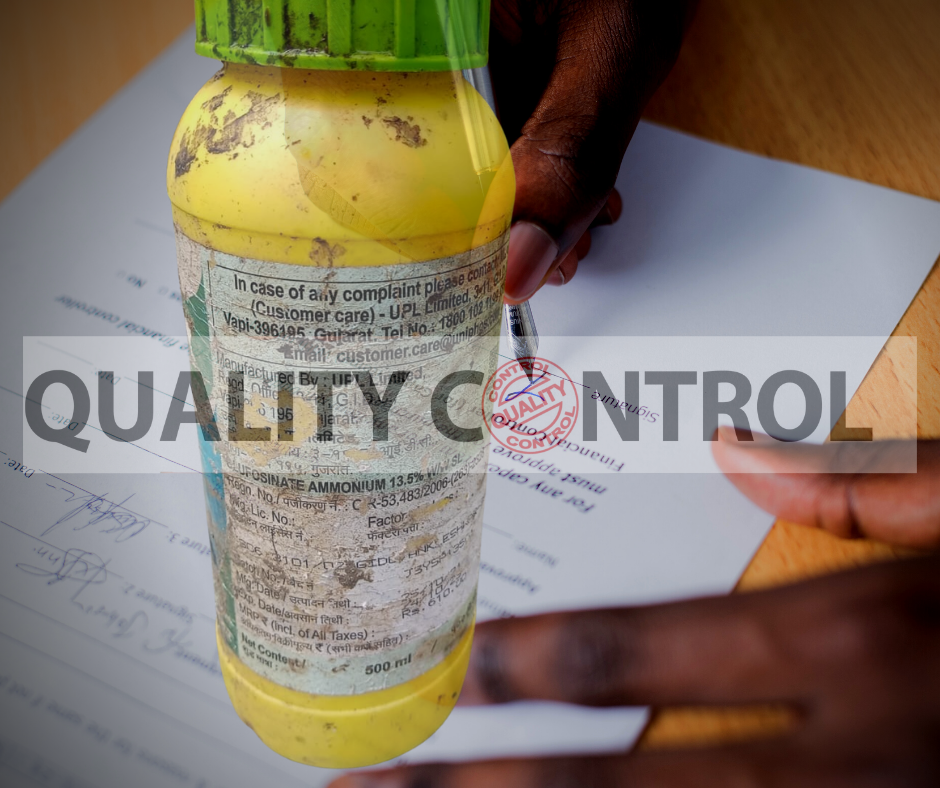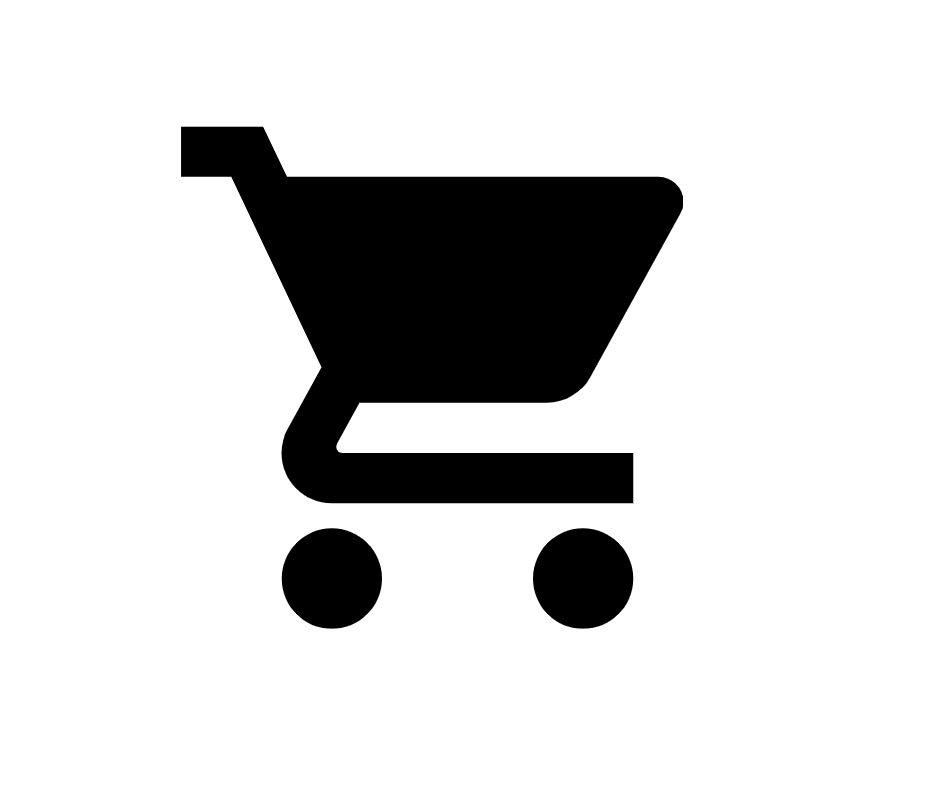Statistics of HHPs in India
STATUS OF HHPs IN INDIA
pp
In India pesticides are regulated under the Insecticide Act of 1968 which governs the import, manufacture, sale, transportation, distribution, and use of pesticides. The blanket name “insecticides” refers to all pesticide, insecticide, fungicide, and herbicide classes combined. According to this Act, pesticides prior to being made available for use or sale, all insecticides (pesticides) must necessarily go through the registration process with the Central Insecticides Board & the Registration Committee (CIB & RC). All pesticides are subject to CIB & RC scrutiny and re-evaluation on a regular basis, and some are restricted or outlawed for use even after registration. The Insecticides Act of 1968 is anticipated to be replaced by the Pesticide Management Bill. A fresh piece of legislation called the Pesticide Management Bill which was approved in February 2020, has been introduced to control the pesticide market, keep track of poisoning incidents, and recompense victims. Highly Hazardous Pesticides are not comprehended legally in India. HHPs are governed in tandem with other registered pesticides because they are not regarded as a separate category.
Deemed To be Registered Pesticides (DRPs)

When the Insecticide Act was established in 1968, several insecticides were already in use in India and were exempt from registration scrutiny. These pesticides are called as Deemed to be registered pesticides. Registration Committee has not evaluated these pesticides and received the entirety of their safety data. In India, Deemed to be registered pesticides make up about 17% of all pesticide registrations. The number of DRPs increases substantially after 1968. By 2018, 62 pesticides that are registered in India are DRPs. 26 of the 62 DRPs in this group are HHPs.
HHPs in India are banned elsewhere!!!
Several of the HHPs registered in India are banned in other countries owing to their hazardous nature. This denotes the regulatory gaps. India along with other developing countries ranks the highest in consuming pesticides that are banned in other countries.These pesticides frequent our pesticide market and are regularized in use without adequate safety measures and information. 81 of the HHPs that are registered in India are banned in other countries. Its danger is made explicit by the fact that 63 of these HHPs are prohibited in more than 10 nations. These HHPs are extremely harmful, as shown by the adequate research required to forbid their use in other nations. Their prohibition in other countries has shown that these chemicals are exceedingly harmful and hence its use in India should also be regulated with severe care.HHPs listed in international conventions
8
Few of the HHPs that are registered in India are listed in international conventions of Stockholm, Rotterdam and montreal Protocol.
DDT and Dicofol, which have Indian registrations, are two persistent organic pollutants (POPs) that are included in the Stockholm Convention and are known for their environmental persistence and long half-lives in soils, sediments, air, or biota.
Methyl bromide is a registered HHP in India, and the Montreal Protocol lists it as a toxic chemical having halogens that deplete the ozone layer.
Five of the HHPs registered in India are pesticides listed in Annex III of Rotterdam Convention, that have been outlawed or placed under stringent regulation for reasons of public health or the environment and signed by more than 2 parties, are subjected to the PIC procedure.
Production consumption, import and export of HHPs
b

Production
The production share of HHPs is among the highest in the nation.The official list of pesticide production (Plant protection, quarantine and storage) list the production of 41 pesticides, of which 28 are HHPs. In 2022, the country’s total HHP production output value totals at 2,87,470 Metric tonnes. This accounts for 96.53% of the entire production of pesticides in the same year.

Consumption
The statistical database of Plant Protection, Quarantine and Storage, Government of India, contains the full set of consumption data for 70 HHPs, including both imported and domestic use, in 2021. HHPs make up 42.17% of all the imported and domestically made pesticides used in India. Given the rising annual use of chemical pesticides in India, this is a crucial concern. HHPs make up 71.79% of the volume of imported pesticides, based on the available list of 24 imported HHPs.

Import & Export
India is the world’s fourth-largest exporter of pesticides. In 2020–21, India exported 6,48,317 million tonnes of chemical pesticides (Statistical database, Plant protection, quarantine and storage). Only seven HHPs’ export data is known, and Cypermethrin is the most exported of those seven (having the biggest share of any one pesticide among all pesticides shipped). Additionally lacking are import statistics, which include the import of 7 HHPs and have an erratic pattern
